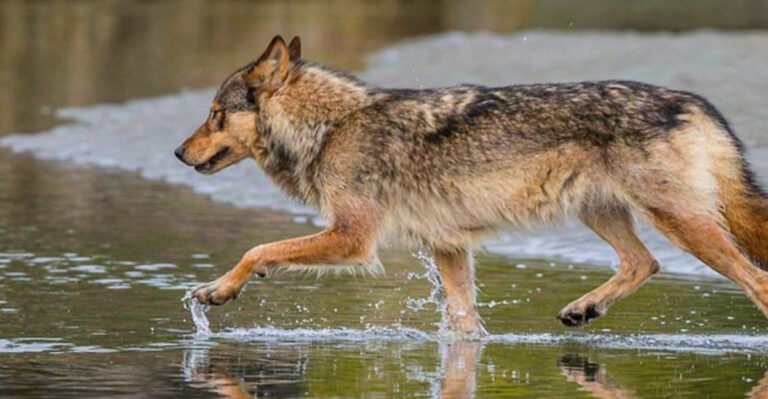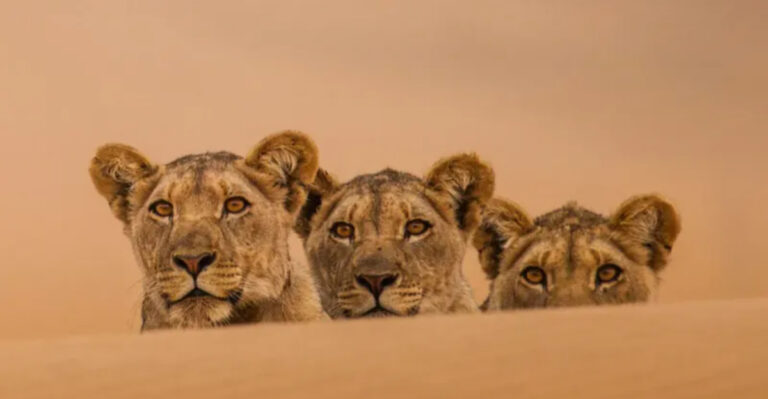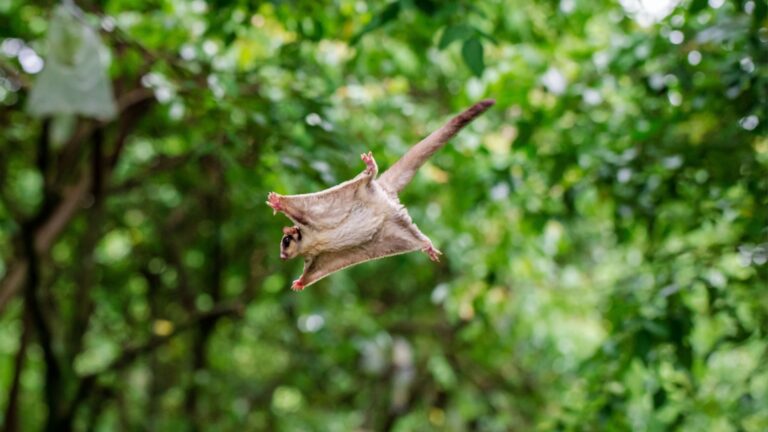Majestic Wolves That Roam The Rocky Mountains (And Reasons They Inspire American Folklore)
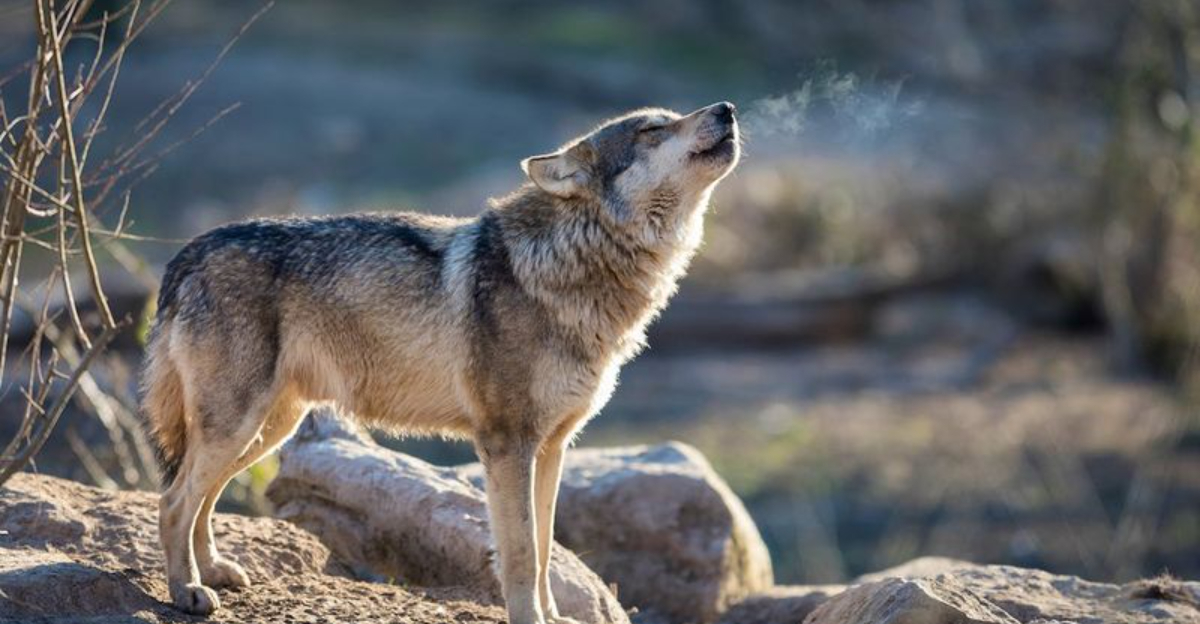
Wolves have captured our hearts and imaginations since the earliest days of American history. These magnificent predators of the Rocky Mountains aren’t just beautiful creatures – they’re living symbols of wilderness, freedom, and the untamed spirit of the West.
From Native American legends to modern conservation efforts, wolves connect us to something primal and powerful in ourselves. Let’s explore these amazing animals and discover why they continue to howl through our stories and dreams.
1. The Iconic Gray Wolf: King Of The Rockies
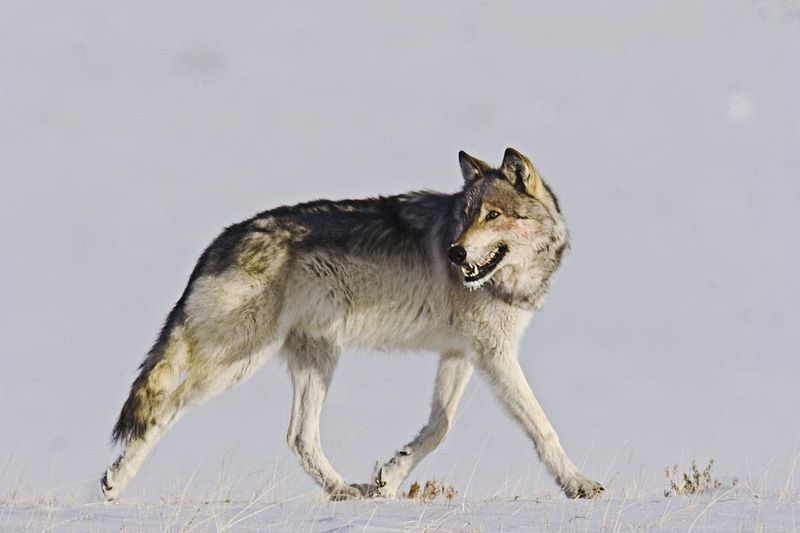
Standing tall with piercing yellow eyes that seem to look straight into your soul, the gray wolf reigns supreme in the Rocky Mountain wilderness. These magnificent creatures can weigh up to 145 pounds and run at speeds of 35 miles per hour when chasing prey.
Gray wolves live in tight-knit family packs, communicating through howls that can travel six miles through mountain valleys. Their thick double coats – often silver-gray with hints of brown – perfectly blend into the rocky landscape.
Once nearly wiped out by hunters, gray wolves have made an amazing comeback in places like Yellowstone National Park, where they help keep elk and deer populations healthy.
2. The Power Of The Canadian Timber Wolf
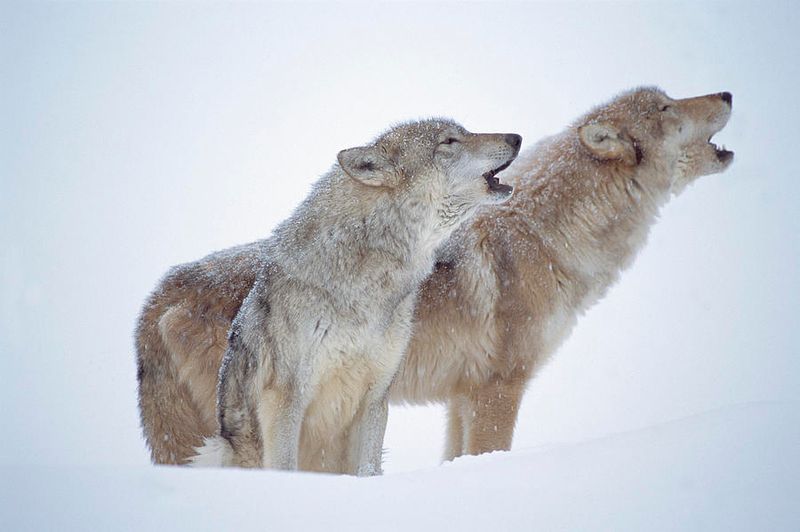
Canadian timber wolves rule the northern Rockies with an impressive presence that commands respect. Larger than their southern relatives, these wolves can reach 175 pounds with massive paws perfectly designed for traveling through deep mountain snow.
Their haunting howls echo through remote valleys where few humans venture. Timber wolves display remarkable intelligence, using complex hunting strategies that require cooperation and communication among pack members.
With thick fur that withstands brutal winter temperatures of -40°F, these wolves embody resilience. Their legendary strength fuels countless frontier tales of encounters with trappers and explorers who learned to both fear and admire these magnificent predators.
3. Red Wolves: A Rare, Majestic Species In The Mountains
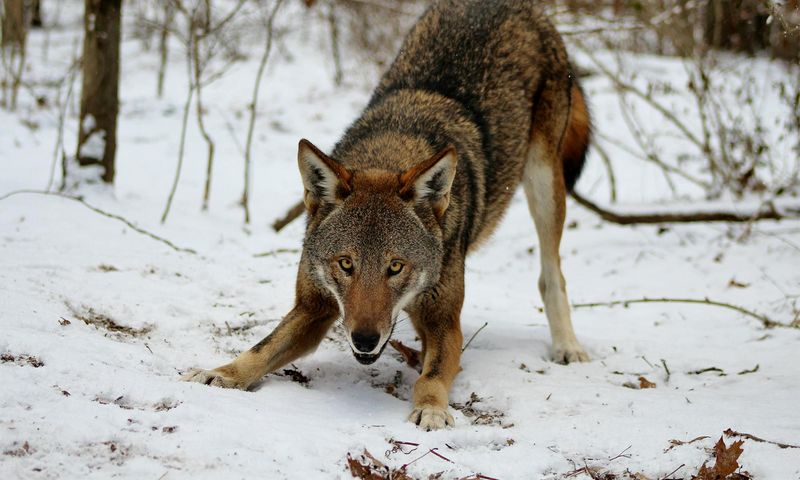
Smaller than their gray cousins but equally captivating, red wolves once roamed parts of the southern Rockies with their distinctive reddish-brown coats catching the golden mountain sunlight. Critically endangered today, these beautiful creatures blend coyote-like agility with wolf power.
Red wolves hunt primarily at dawn and dusk, moving like russet shadows through the underbrush. Their unique howls – more musical and high-pitched than gray wolves – create an unforgettable wilderness symphony.
Conservation efforts fight to preserve these special animals that played important roles in Cherokee and other Native American stories. With fewer than 20 remaining in the wild, each red wolf represents a living treasure of American natural heritage.
4. Mexican Gray Wolves: Fighting For Survival In The Rockies

Mexican gray wolves bring ancient wildness to the southern Rocky Mountain region with their sleek bodies and distinctive salt-and-pepper coats. The smallest subspecies of North American gray wolf, these 70-pound predators make up for their size with remarkable adaptability and hunting skill.
Also called “lobos,” these wolves nearly vanished completely in the 1970s. A captive breeding program rescued them from extinction, and today small populations roam parts of Arizona and New Mexico.
Mexican wolves form unusually tight family bonds, with adult offspring often staying to help parents raise new pups. Their recovery represents one of conservation’s greatest challenges and most inspiring comeback stories in the American West.
5. The Legendary Maned Wolf: Not Quite A Mountain Resident, But Still Majestic

Though not actually a Rocky Mountain dweller or even a true wolf, the fox-like maned wolf captures our imagination with its bizarre appearance – like a fox walking on stilts! These strange creatures with reddish fur and black manes belong to South American grasslands but frequently appear in American folklore about mysterious mountain creatures.
Early explorers and traders brought back tales of these unusual animals, which became mixed into stories about mountain spirits and shape-shifters. Standing nearly three feet tall on impossibly long legs, maned wolves move through grass like ghostly apparitions.
Their unusual appearance fed into frontier myths about supernatural wolf-like creatures that could walk upright. Even today, some cryptozoology enthusiasts believe maned wolf sightings explain certain Rocky Mountain legends.
6. How Wolves Shape The Ecosystem Of The Rocky Mountains

Wolves work magic on mountain landscapes through something scientists call a “trophic cascade” – basically, they change everything! When wolves returned to Yellowstone in 1995, they didn’t just control elk populations; they transformed entire river systems.
With fewer elk browsing constantly in one spot, riverside trees and plants flourished again. Beavers returned to build dams, creating wetlands for fish and birds. Even river paths changed – banks stabilized with new vegetation, and channels narrowed and deepened.
Wolves also provide food for scavengers like ravens, eagles, and bears through their leftover kills. Their howls signaling territory might sound scary to human ears, but to ecologists, they’re the sound of a healthy, balanced mountain ecosystem coming back to life.
7. The Role Of Wolves In Native American Folklore

For the Blackfeet people of the northern Rockies, Wolf brought fire to humans and taught survival skills. Many tribes viewed wolves not as enemies but as teachers and spiritual guides who showed humans how to hunt and care for family.
The Pawnee saw Wolf as the first animal created by the wolf-star Sirius, while Shoshone stories tell of Wolf as a creator who made the Milky Way by scattering snow across the night sky. Among the Nez Perce, killing a wolf was taboo – they believed wolves were reincarnated people.
These powerful stories reflect respect rather than fear. Native American names like “Runs With Wolves” weren’t just colorful phrases but profound spiritual connections, recognizing wolves as fellow travelers sharing the sacred mountain landscapes.
8. The Enduring Symbol Of Strength And Freedom In Western Mythology

Early pioneers and mountain men both feared and admired wolves as they pushed westward into the Rockies. Tales of lone wolves surviving harsh winters became powerful metaphors for frontier independence and resilience.
Wolf imagery appears throughout Western art and literature as symbols of untamed wilderness. The lone wolf especially captured American imagination – representing self-reliance and freedom from society’s constraints.
Even as settlers worked to eliminate actual wolves from the landscape, they adopted wolf qualities in their own mythology. The paradox continues today: Americans celebrate wolf spirit in everything from team mascots to motorcycle clubs, embracing the very wildness our ancestors tried to tame. This contradiction reveals our complex relationship with wilderness – simultaneously fearing and longing for its freedom.
9. Wolves’ Deep Connection To The American Wilderness
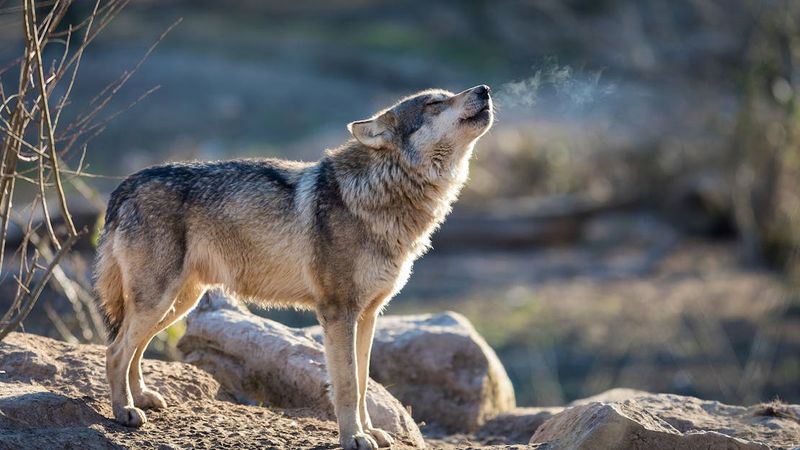
No animal embodies wild America quite like the wolf. Their howls echoing through Rocky Mountain valleys remind us of a time before highways and cities, when wilderness stretched endlessly. For many Americans, wolves represent the last pieces of truly wild country.
Wolves navigate territories spanning hundreds of square miles, crossing mountain ranges and following ancient paths. Their incredible journey through American history – from abundance to near-extinction and now partial recovery – mirrors our national relationship with wilderness.
When people fight to protect wolves today, they’re often fighting for something bigger: the idea that some places should remain wild and free. Wolf tracks in mountain snow tell us we haven’t completely tamed the continent – that mystery and wildness still exist in America’s mountains.
10. How Wolves Inspire Stories Of Loyalty And Courage
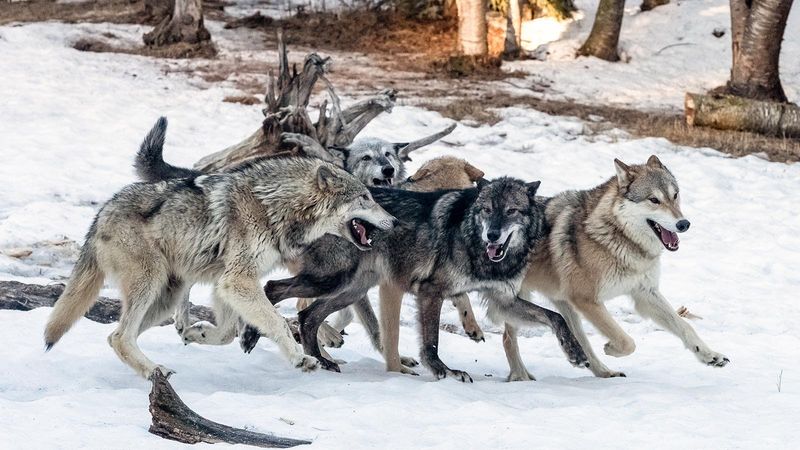
Wolf packs demonstrate extraordinary loyalty that has inspired countless American stories. Pack members risk their lives for each other, care for injured companions, and mourn their dead – behaviors that early mountain observers recognized as remarkably similar to human families.
Rocky Mountain trappers and explorers watched wolves take on animals many times their size through teamwork and courage. These observations worked their way into frontier stories celebrating bravery against overwhelming odds.
Modern wildlife researchers have documented wolves adopting orphaned pups and sharing food with injured pack members. Such acts of apparent selflessness challenge our assumptions about animal nature. From Jack London’s famous novels to contemporary wildlife documentaries, wolves continue teaching us about the power of standing together in life’s harshest environments.
11. The Mysterious “Spirit Wolf” In Folklore
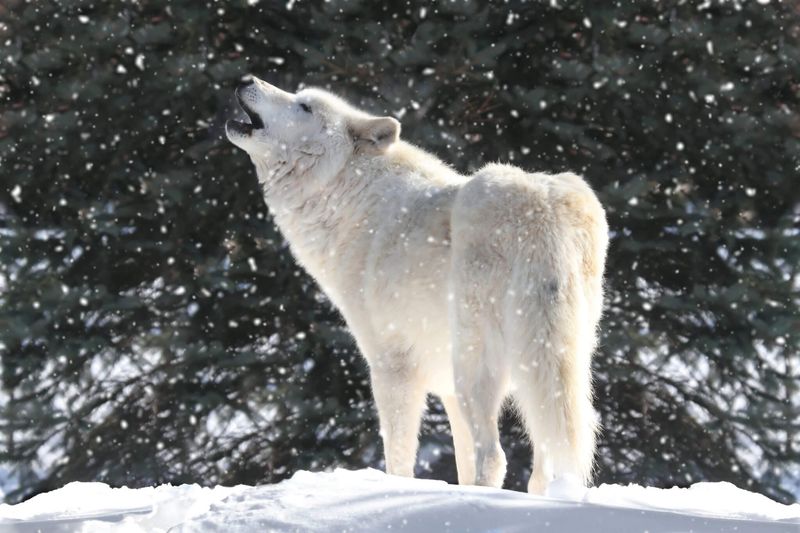
Ghostly white wolves haunt the legends of Rocky Mountain tribes and early settlers alike. Called “spirit wolves” by many Native peoples, these rare white animals were considered messengers between worlds, appearing during times of great change or danger.
Mountain men reported glimpses of phantom-like white wolves that vanished into blizzards or appeared before significant events. Biologically, these were likely wolves with natural white coats or perhaps wolves seen under unusual lighting conditions.
The spirit wolf transcended ordinary animal status in stories, becoming something magical. Even today, wildlife photographers consider capturing images of a white wolf extraordinarily lucky. These uncommon animals continue inspiring modern supernatural tales, showing how the line between wildlife observation and mythology remains wonderfully blurred in America’s mountain regions.
12. Why Wolves Continue To Captivate The Human Imagination

Something electric happens when human eyes meet wolf eyes across a mountain meadow. Unlike most wild animals that flee, wolves often pause and return our gaze with apparent curiosity and intelligence that feels almost like recognition.
Scientists have discovered wolves and humans followed remarkably similar evolutionary paths as social predators. Both species developed complex communication, family structures, and cooperative hunting – creating an eerie mirror between species.
The wolf’s night vision, incredible sense of smell, and ability to hear sounds four times farther than humans represent powers we can barely imagine. Their capacity to survive extreme environments without technology reminds us of abilities we’ve lost.
This combination of similarity and difference makes wolves perpetually fascinating – close enough to understand yet wild enough to represent everything beyond our control.

